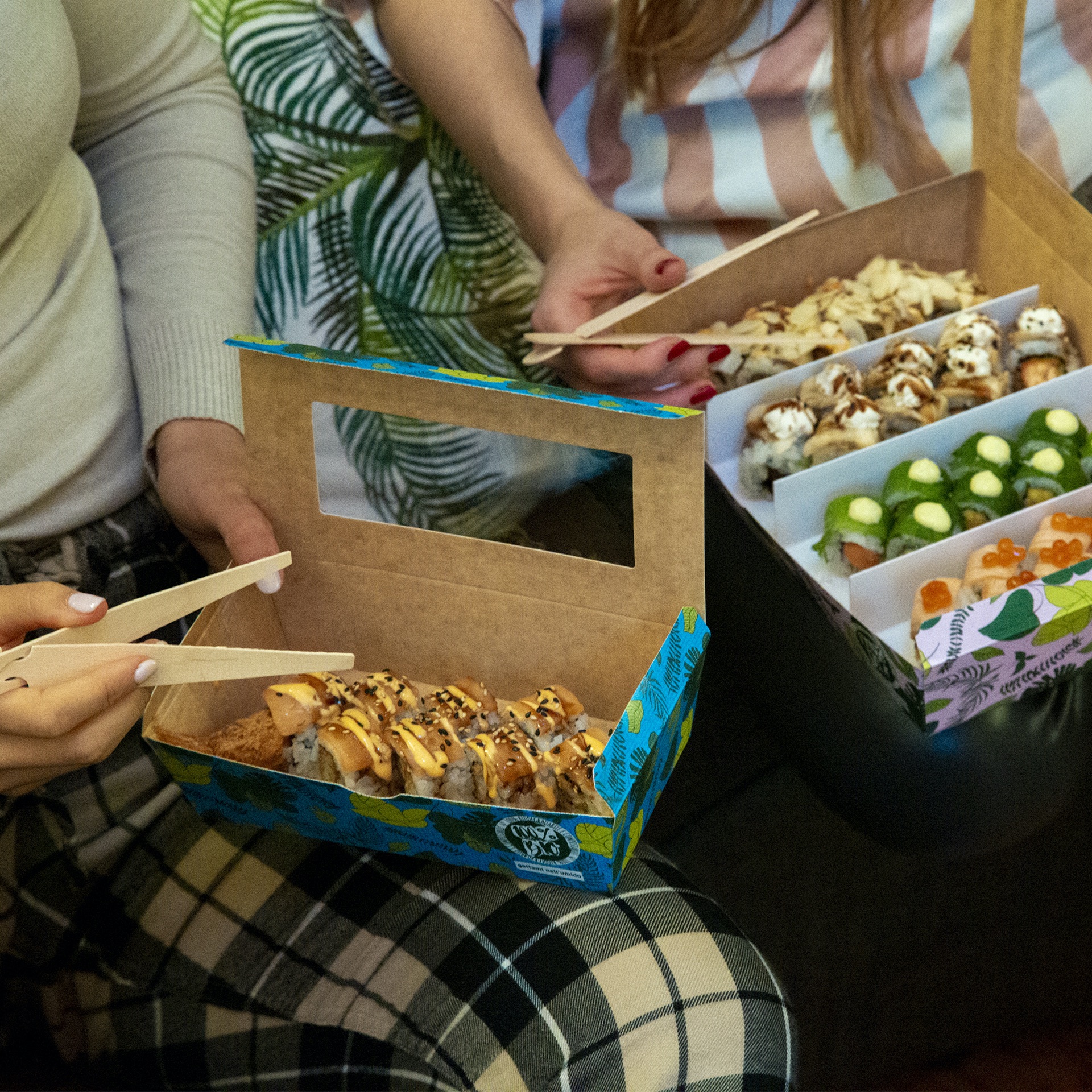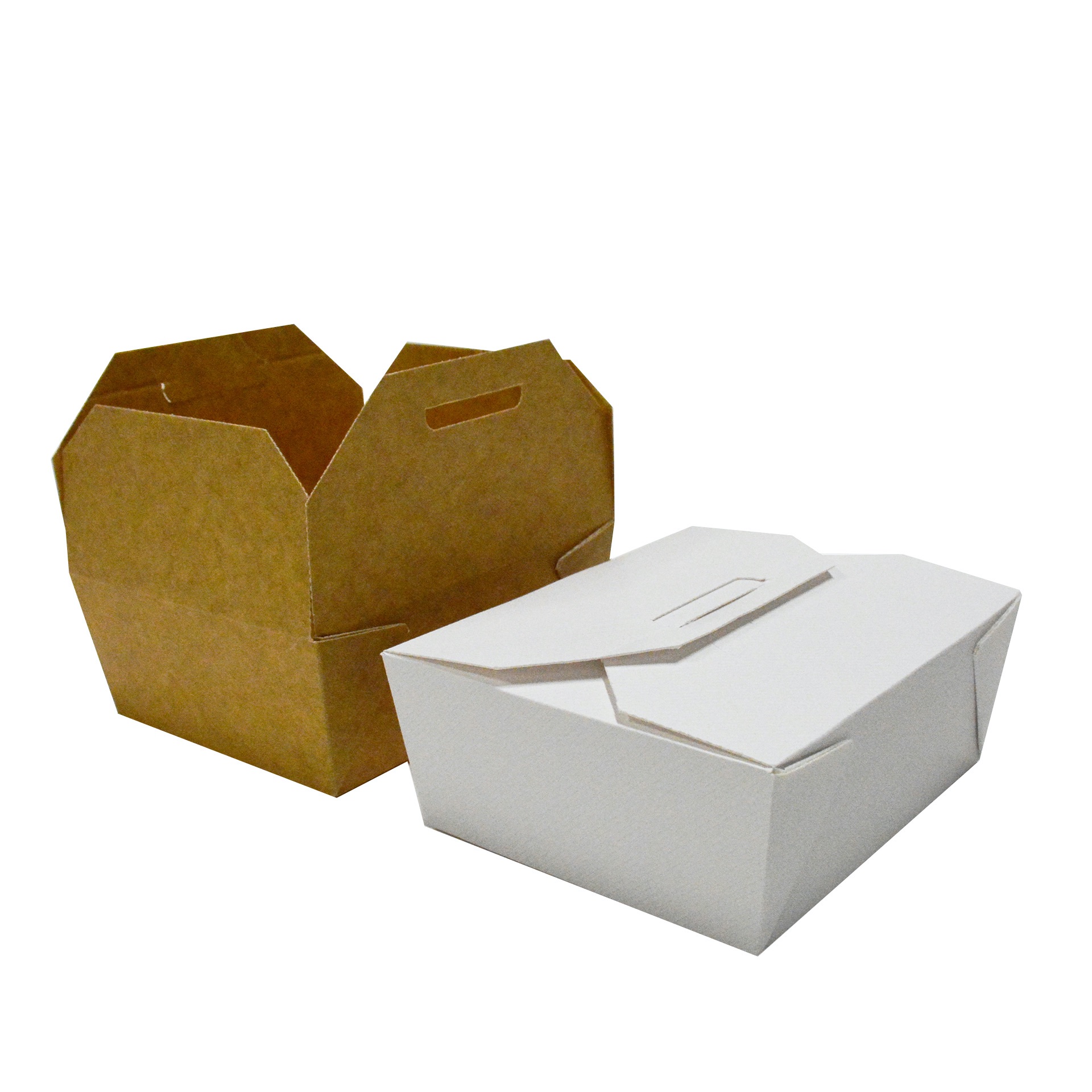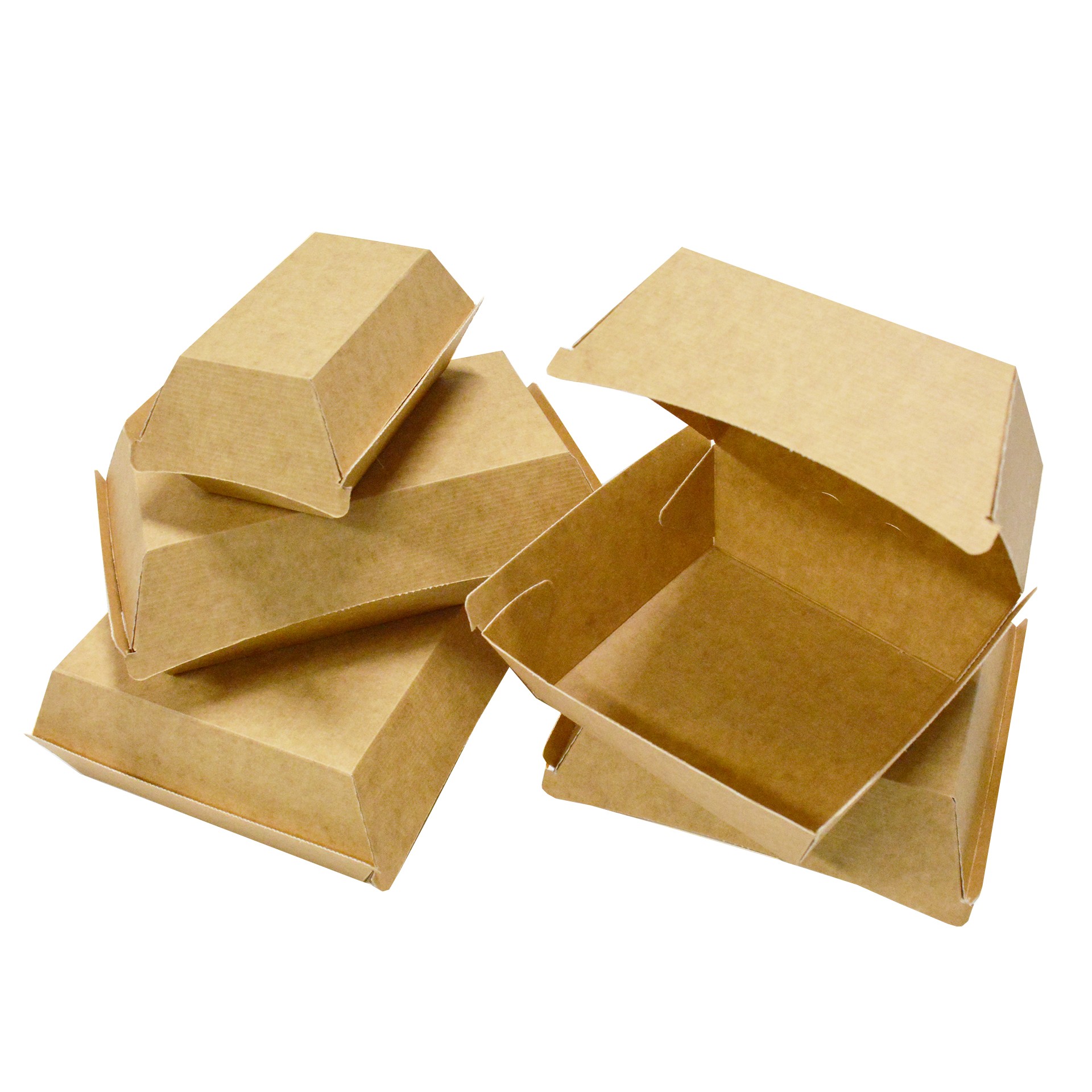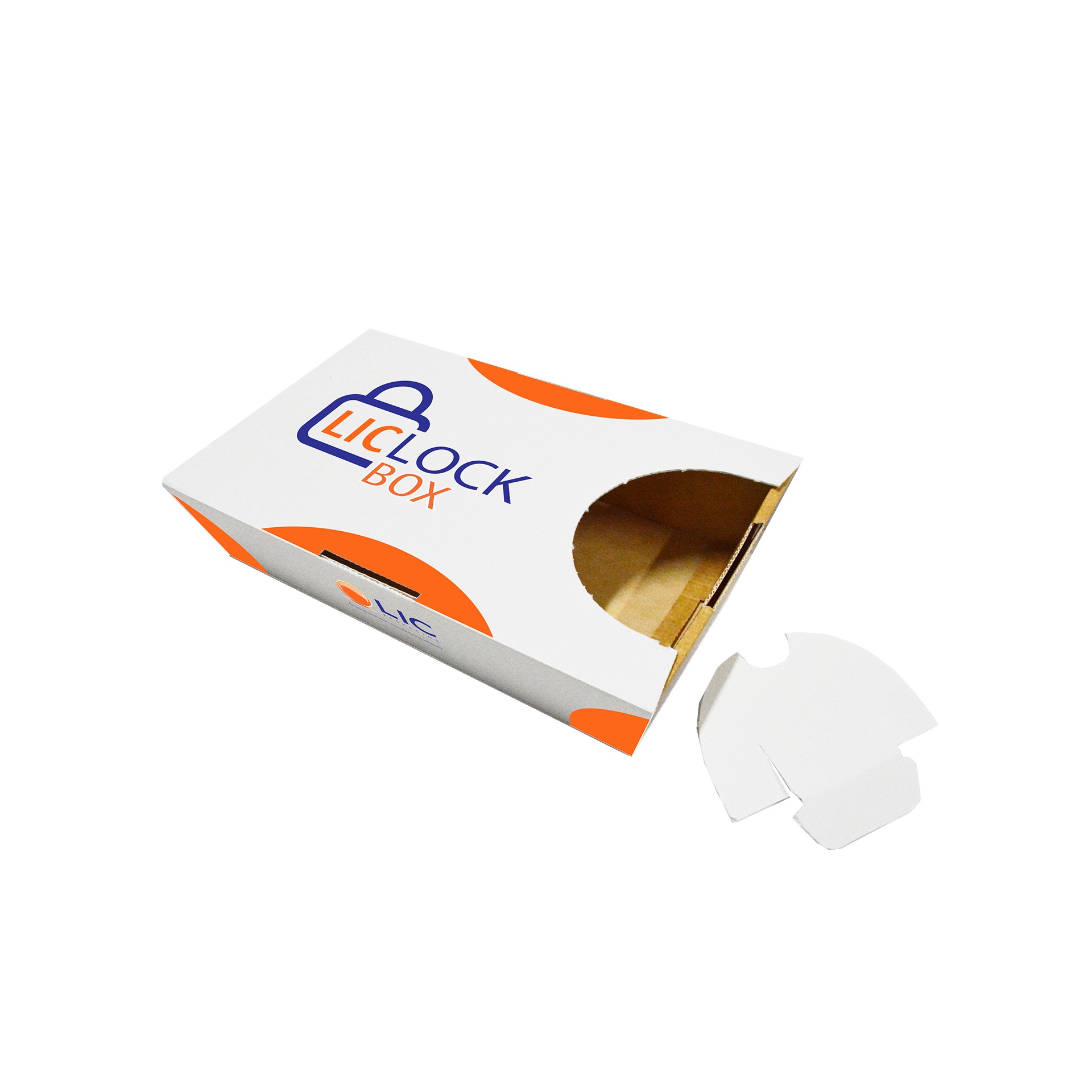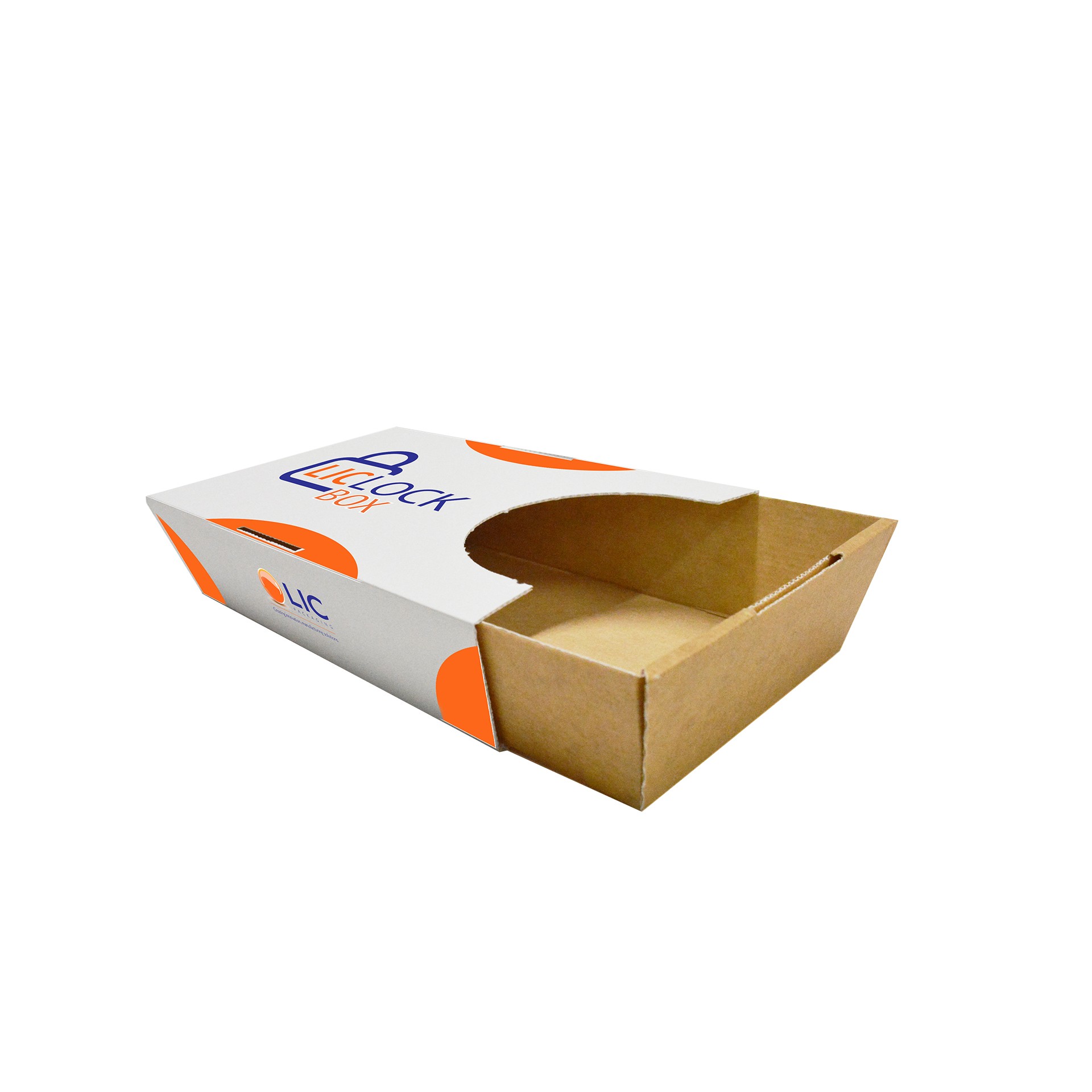HT Board for food packaging?
Lightweight for reduced environmental impact.

HT BOARD for?
To meet the customers needs belonging to different food sectors and their different product characteristics, the ECO&FOOD Team developed 5 different HT Board compositions.
These features combined with the fact that the paper is by its nature breathable, often greatly reduce the moisture during cooking thus optimizing the process and consequently improving the quality. It therefore results in a better uniformity and a potential reduction of cooking times.
cinare e consumare cibo in un unico imballo: le 4 C.
Food packaging
HT Board trays are certified for the food world and can be used from the freezer to the traditional oven or microwave.
Thanks to some tests carried out by an accredited laboratory, it has been certified that they can be used to heat and cook food up to:
- at 60′ at 250° in a traditional oven
- 15′ at 900W in a microwave oven
What are Lic’s Solutions?
Thanks to this unique material and to the experience and industrialization capacity of the production department, today ECO&FOOD designs and manufactures customized solutions to meet the needs of the FOOD INDUSTRY, retailer and FOOD DELIVERY COMPANY, which are also called upon to face the challenge of sustainability and urged on by a final consumer who is increasingly aware of and sensitive to this issue.
What is HT Board Grass Paper?
Among the HT Board compositions to highlight the GRASS PAPER and GRASS PAPER HYDRO versions, given the growing attention by all on the environmental impact that every single action generates and the ecological sensitivity increasingly high market.
HT Board GRASS PAPER is produced by mixing pure cellulose paper with up 40% grass fiber component which has a production process with a significantly reduced environmental impact / lower than the pulp itself, for 1 ton of raw material produced there is:
- a 75% reduction of CO2 emitted
- reduction of 5000L of H2O, as it needs only 1L of H2O
- saving of 4500kwh of energy
- no chemical additive
In addition, the grass used as raw material comes only from compensation areas near the production facilities and therefore is not taken away from the animals to which it is used as food.








